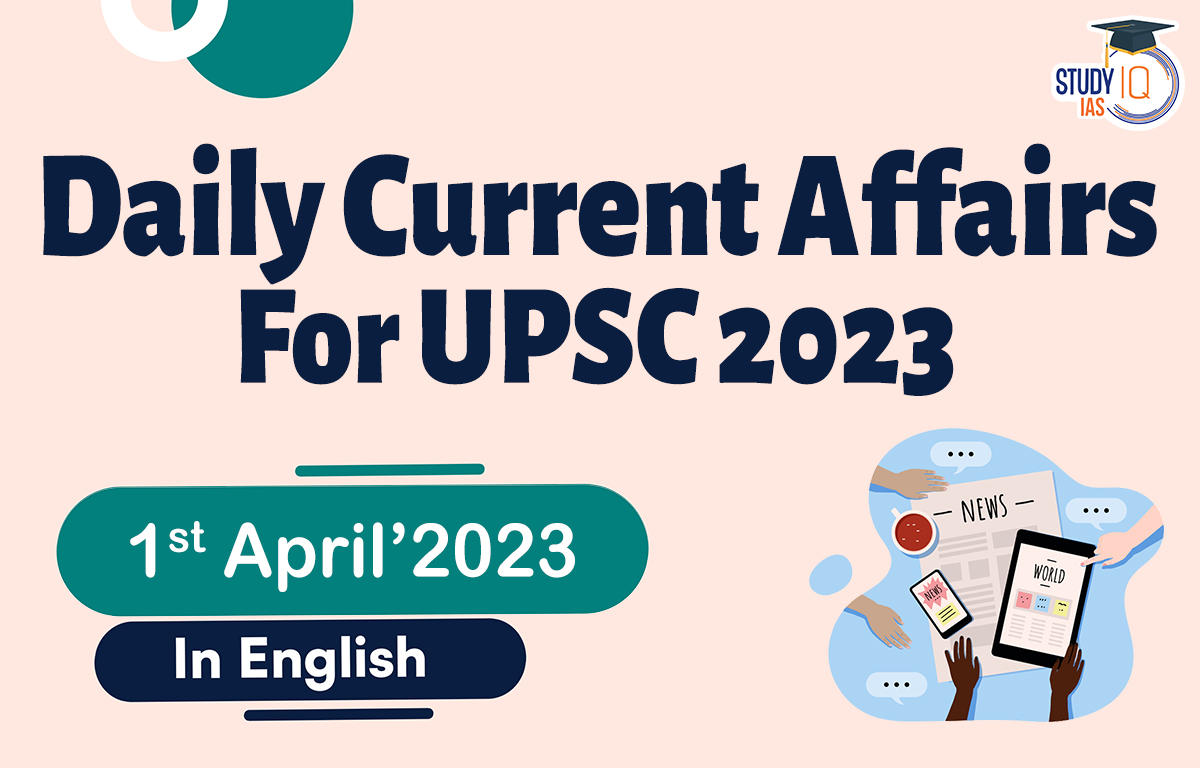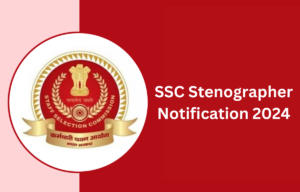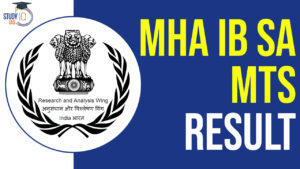Daily Current Affairs for UPSC 2023
Q) Which one of the following statements is correct with respect to ‘Coronal Hole’?
- Coronal holes are deep, super-hot areas in the solar corona.
- They are most prevalent at the centre of the sun.
- The geomagnetic storms originate in the coronal holes.
- These holes occur once during the solar cycle.
Daily Current Affairs for UPSC – 31 March 2023
Explanation:
- Option (1) is incorrect: Recently, the coronal hole was discovered by NASA’s Solar Dynamics Observatory (SDO) near the Sun’s South Pole, which is 20 times larger than our Earth. Coronal holes appear as dark areas in the solar corona in extreme ultraviolet (EUV) and soft X-ray solar images. They appear dark because they are cooler, less dense regions than the surrounding plasma.
- Option (2) is incorrect: These holes can develop at any time and location on the Sun but are most prevalent and stable at the solar North and South poles. Coronal holes can last between a few weeks to months. Coronal Holes are important in understanding the space environment around the earth through which our technology and astronauts’ travel.
- Option (3) is correct: In corona holes, the magnetic field is open to interplanetary space, sending solar material out in a high-speed stream of solar wind that is, geomagnetic storm. Geomagnetic storm is a solar storm that occurs during the release of magnetic energy associated with sunspots (‘dark’ regions on the Sun that are cooler than the surrounding photosphere-the lowest layer of the solar atmosphere), and can last for a few minutes or hours.
- Option (4) is incorrect: The holes are not a unique phenomenon, appearing throughout the sun’s approximately 11-year solar cycle. They can last much longer during solar minimum, a period of time when activity on the Sun is substantially diminished.
Q) Consider the following statements about North Atlantic Treaty Organisation (NATO):
- Any European country that can contribute to the security of the North Atlantic area can join NATO.
- Both Japan and South Korea have been given the status of major non-NATO allies.
- India recently held its first political dialogue with NATO on the sidelines of the Raisina Dialogue.
Which of the statements given above is/are correct?
- 1 and 2 only
- 1 and 3 only
- 2 and 3 only
- 1, 2 and 3
Explanation:
- Statement 1 is correct: North Atlantic Treaty Organization (NATO) was formed in 1949 with the aim of acting as a deterrent to the threat of Soviet expansion in Europe after World War II. The organization acts as a collective security alliance with the aim of providing mutual defense through military and political means if a member state is threatened by an external country. (Article 5 of the NATO charter). Article 5 has been invoked once, by the United States, in the wake of the 9/11 attacks in 2001. NATO’s Open-door policy (Article 10 of the charter) allows any European country that can enhance and contribute “to the security of the North Atlantic area” to join.
- Statement 2 is correct: Major Non-NATO Ally Status is a designation given by the US government to close allies that have strategic working relationships with the US Armed Forces but are not members of the NATO. The US has designated 30 other countries including Japan, South Korea, Israel etc. as major non-NATO allies. The status confers a variety of military and financial advantages such as participation in defence research projects and counter-terrorism initiatives, buy depleted uranium ammunition etc. that otherwise are not obtainable by non-NATO countries.
- Statement 3 is incorrect: The US ambassador to NATO has confirmed that there was an “informal exchange” regarding India-NATO cooperation with Indian counterparts on the side-lines of Raisina Dialogue and has stated that NATO is “open” to deepening ties with India. In September 2011, NATO invited India to be a partner in its BMD system. This was the first time that India was invited to participate in a NATO initiative. However, India did not accept the invitation and expressed concerns over its impact on India’s strategic autonomy and its relations with other countries, particularly Russia. India held its first political dialogue with the North Atlantic Treaty Organisation (NATO) in Brussels on December 12, 2019.
Q) Consider the following statements about Comprehensive and Progressive Agreement for Trans-Pacific Partnership (CPTPP):
- The CPTPP is a preferential trade agreement among major developed countries.
- The CPTPP covers protection of the environment and labour to reduce barriers to trade.
- Recently, the United Kingdom became a member of the CPTPP.
Which of the statements given above is/are correct?
- 1 and 2 only
- 2 only
- 1 and 3 only
- 2 and 3 only
Explanation:
- Statement 1 is incorrect: Comprehensive and Progressive Agreement for Trans-Pacific Partnership (CPTPP) is a free trade agreement between member countries. It succeeded the Trans-Pacific Partnership after the United States withdrew in 2017. CPTPP covers virtually all sectors and aspects of trade in order to eliminate or reduce barriers. It establishes clear rules that help create a consistent, transparent and fair environment to do business in CPTPP markets.
- Statement 2 is correct: CPTPP includes chapters on the protection of the environment and labour to ensure that CPTPP members do not derogate from their commitments in these areas to increase trade or investment. CPTPP includes trade-related technical cooperation among CPTPP members, including with respect to small and medium-sized enterprises, regulatory coherence and economic development. CPTPP eliminates tariffs and reduces barriers for 98% of exports to CPTPP member countries.
- Statement 3 is correct: The United Kingdom will be the 12th member of the CPTPP. UK will be the first in Europe, to join the Comprehensive and Progressive Agreement for Trans-Pacific Partnership (CPTPP) since it came into force in 2018. Australia, United Kingdom, Brunei, Canada, Chile, Japan, Malaysia, Mexico, Peru, New Zealand, Singapore and Vietnam are the members of CPTPP.
Q) With reference to Sree Narayana Guru, consider the following statements:
- He is related to the Ezhava community of Tamil Nadu.
- He is associated with the development of the Aravipuram movement.
- ‘Advaitha Deepika’ and ‘Thevarappathinkangal’ are two famous books written by Sree Narayan Guru.
Which of the statements given above is/are correct?
- 1 and 2 only
- 2 only
- 1 and 3 only
- 1, 2 and 3
Explanation:
- All statements are correct: Sree Narayana Guru is considered as a hero and prophet of the Kerala Renaissance. He grew up to be a social reformer, philosopher, and educationist. He dedicated his life to eradicating the social and economic backwardness of the Ezhavas and other underprivileged groups. He was born into an Ezhava family during a time when a caste-based society in Kerala severely oppressed members of such communities, known as Avarna. He also founded an Advaita Ashram in Kalady. He also gave the universal message, “One caste, one religion, one God.” He wrote books named Advaitha Deepika, Asrama, Thevarappathinkangal, etc. The Shree Narayan Guru Dharma Paripalana (SNDP) Movement was an example of a regional movement that arose from the conflict between the lower and upper castes. On Sivaratri in 1888, Narayana Guru, himself of the Ezhava caste, took a stone from the Neyyar River and installed it as a Sivalinga at Aruvippuram and started Aruvipuram movement.
Q) Consider the following pairs:
| Name of glacier | Location | |
| 1. | BiafoGyang glacier | Karakoram Range |
| 2. | Chorabari glacier | Himachal Pradesh |
| 3. | Machoi glacier | Ladakh |
| 4. | Mendenhall glacier | Iceland |
How many pairs given above are correctly matched?
- Only one pair
- Only two pairs
- Only three pairs
- All three pairs
Explanation:
- Pair 1 is correctly matched: BiafoGyang glacier is located in Karakoram Range of Gilgit-Baltistan, this glacier gives rise to Shigar River, which is a tributary of Indus. Siachen glacier is located near Karakoram rage. It feeds the Nubra River, which ultimately joins Indus. Gangotri glacier is located in Garhwal Himalayas, the glacier is the source of Bhagirathi River, which is the mother stream of the Ganges.
- Pair 2 is incorrectly matched: Chorabari glacier is located in Mandakini river basin in the state of Uttarakhand. Bara Shigri glacier is located inPir Panjal Range. It feeds the Chandra River, which is one part of Chandrabhaga River (Chenab). Pindari glacier is south of Nanda Devi Peak. It feeds the Pindar River, which ultimately joins the Ganges.
- Pair 3 is correctly matched: Zemu glacier is located near Kanchenjunga Mountain. It feeds the Teesta River. Milam glacier is located in Kumaon Himalayas. It feeds the Goriganga, which is a tributary of Kali River. Machoi glacier is located in Ladakh, it is a source for rivers such as Sind and Dras, which flow into the Indus.
- Pair 4 is incorrectly matched: Mendenhall glacier is located in Alaska whereas Vatnajökull Glacier is located in Iceland. Climate change has affected precipitation cycle across the globe. In absence of precipitation in form of snow, glaciers tend to reduce in size.


 SSC Stenographer 2024 Notification Out a...
SSC Stenographer 2024 Notification Out a...
 IB SA MTS Final Result 2024 Out at mha.g...
IB SA MTS Final Result 2024 Out at mha.g...
 Model Skill Loan Scheme, Eligibility, Re...
Model Skill Loan Scheme, Eligibility, Re...

















